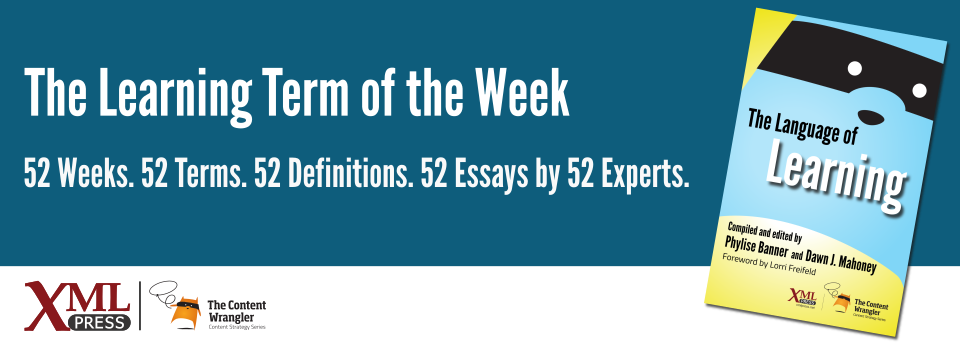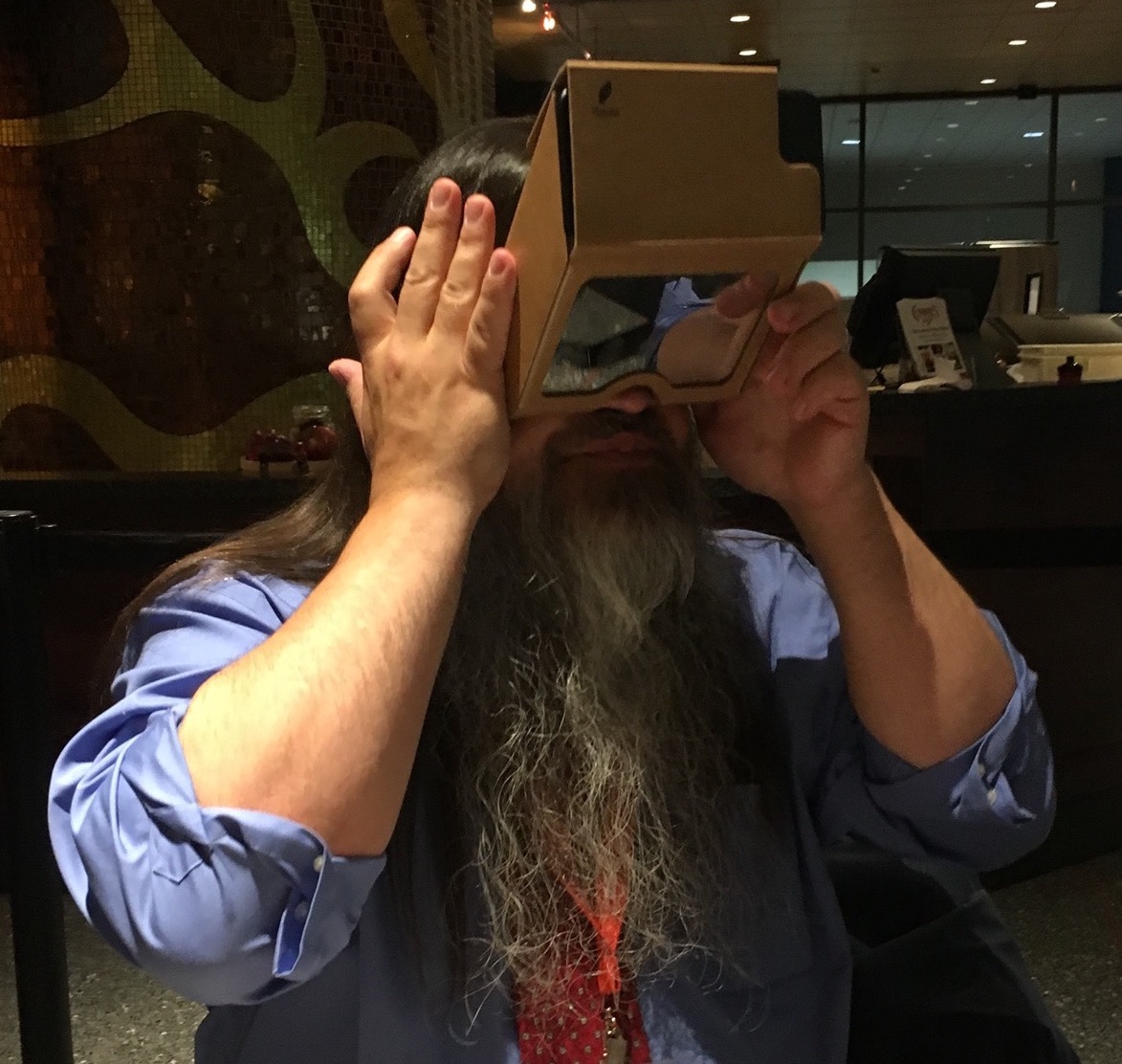Why is it important?
Experienced workers possess vast knowledge about their jobs and roles. When these workers leave, whether through retirement or other reasons, their work still must continue. Without some form of knowledge transfer, all that collective knowledge walks away with them.
Knowledge transfer helps businesses identify, understand, and document what must be done, so operations continue after an experienced worker leaves.
Why does a business professional need to know this?
Knowledge transfer isn’t just about writing step-by-step procedures on how to carry out a particular function. It also entails any activity in which experienced workers share their knowledge, including mentoring, videos, and even informal chats.
Although many aspects of knowledge transfer relate to older generations who are beginning to retire from the workplace, the term experienced worker pertains to anyone, regardless of age, who has significant experience in a particular realm.
Knowledge transfer is not just sharing the what or how but also why things are done. When businesses can tap into this collective wisdom, they will have not only clear-cut documentation for others to follow but also building materials through which to analyze the big picture, so they can potentially streamline processes or see where to allocate resources more efficiently.
Be aware that some workers may feel threatened by being asked to share what they know. They may fear that their jobs will become obsolete or, worse, that they will be made to feel useless. Although knowledge transfer is vital to continuing operations, it’s crucial to remember that we are dealing with people first and foremost. Businesses must remain sensitive to these feelings and reassure experienced workers that they are not simply being siphoned for their knowledge and later discarded.
Overall, knowledge transfer helps businesses not only capture knowledge but also potentially identify more efficient processes. Ultimately, successful knowledge transfer can save money and time because of these efficiencies and the ease with which successors can pick up the torch.

Jamye Sagan has over 15 years of technical communication experience. As the pharmacy communication advisor for H-E-B (Texas-based grocery chain), she helps design training programs and deliverables, while managing communications between corporate and retail. Jamye also volunteers with the Society for Technical Communication in various capacities and has spoken about instructional design, all while sharing her love of knitting, Harry Potter, and cats. She lives in San Antonio, TX.
Term: Knowledge Transfer
Email: jamye.sagan@gmail.com
Twitter: @gimli_the_kitty
LinkedIn: linkedin.com/in/jamye-sagan-15416434/
Facebook: facebook.com/jamye.sagan










